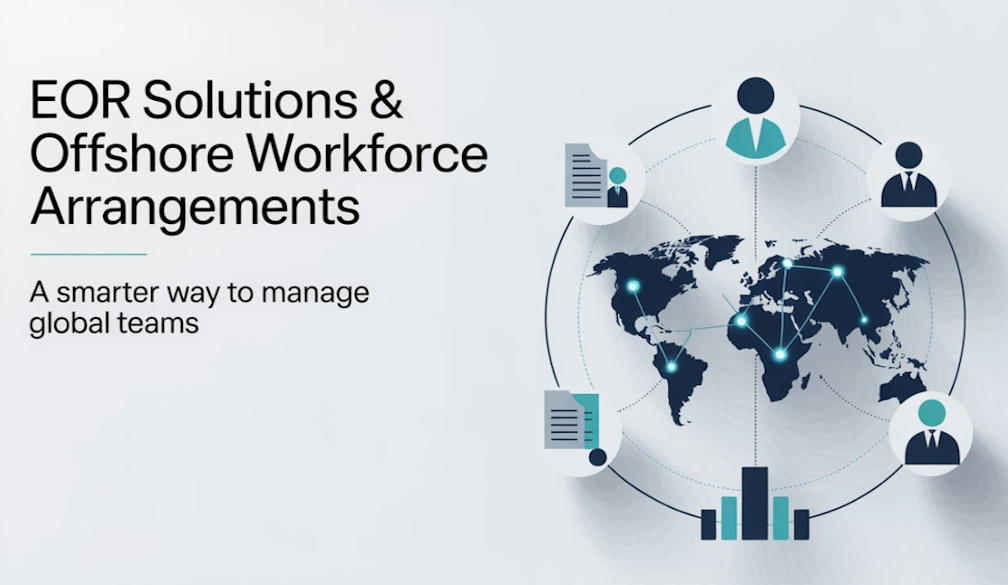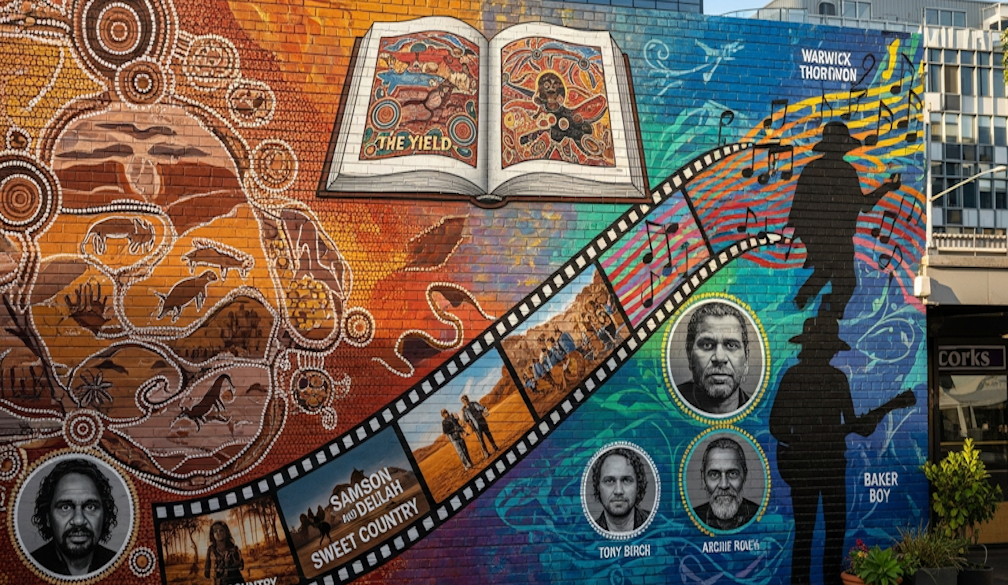India and Pakistan have fought many wars in the past. Are we on the precipice of a new one?
- Written by Ian Hall, Professor of International Relations, Griffith University
India conducted military strikes against Pakistan overnight, hitting numerous sites in Pakistan-controlled Kashmir and deeper into Pakistan itself. Security officials say precision strike weapon systems, including drones, were used to carry out the strikes.
While there’s still much uncertainty around what’s happened, it is clear both sides are closer to a major conflict than they have been in years – perhaps decades.
We’ve seen these kinds of crises before. India and Pakistan have fought full-scale wars many times over the years, in 1947, 1965, 1971 and 1999.
There were also cross-border strikes between the two sides in 2016 and 2019 that did not lead to a larger war.
These conflicts were limited because there was an understanding, given both sides possess nuclear weapons, that escalating to a full-scale war would be very dangerous. That imposed some control on both sides, or at least some caution.
There was also external pressure from the United States and others on both occasions not to allow those conflicts to spiral out of control.
While it’s possible both sides will exercise similar restraint now, there may be less pressure from other countries to compel them to do so.
In this context, tensions can escalate quickly. And when they do, it’s difficult to get both sides to back down and return to where they were before.
Why did India strike now?
India says it was retaliating for a terror attack last month on mostly Indian tourists in heavily militarised Kashmir, which both sides claim. The attack left 26 dead.
There was a claim of responsibility after the attack from a group called the Resistance Front, but it was subsequently withdrawn, so there’s some uncertainty about that.
Indian sources suggest this group, which is relatively new, is an extension of a pre-existing militant group, Lashkar-e-Taiba, which has been based in Pakistan for many years.
Pakistan has denied any involvement in the tourist attack. However, there’s been good evidence in the past suggesting that even if the Pakistani government hasn’t officially sanctioned these groups operating on its territory, there are parts of the Pakistani establishment or military that do support them. This could be ideologically, financially, or through other types of assistance.
In previous terror attacks in India, weapons and other equipment have been sourced from Pakistan. In the Mumbai terror attack in 2008, for instance, the Indian government produced evidence it claimed showed the gunmen were being directed by handlers in Pakistan by phone.
But as yet, we have no such evidence demonstrating Pakistan is connected to the tourist attack in Kashmir.
India has also repeatedly asked Pakistan to shut down these groups. While the leaders have occasionally been put in jail, they’ve later been released, including the alleged mastermind of the 2008 Mumbai attack.
And madrassas (religious schools) that have long been accused of supplying recruits for militant groups are still permitted to operate in Pakistan, with little state control.
Pakistan, meanwhile, claims that attacks in Kashmir are committed by local Kashmiris protesting against Indian “occupation” or Pakistanis spontaneously moved to take action.
These two positions obviously don’t match up in any way, shape or form.
A political cost to pay for not acting
It remains to be seen what cost either side is willing to pay to escalate tensions further.
From an economic standpoint, there’s very little cost to either side if a larger conflict breaks out. There’s practically no trade between India and Pakistan.
New Delhi has likely calculated that its fast-growing economy will not be harmed by its strikes and others will continue to trade and invest in India. The conclusion of a trade deal with the United Kingdom, after three years of negotiations, will reinforce that impression. The deal was signed on May 6, just before the Pakistan strikes.
And from the standpoint of international reputation, neither side has much to lose.
In past crises, Western countries were quick to condemn and criticise military actions committed by either side. But these days, most take the view that the long-simmering conflict is a bilateral issue, which India and Pakistan need to settle themselves.
The main concern for both sides, then, is the political cost they would suffer from not taking military action.
Before the terrorist attack on April 22, the government of Indian Prime Minister Narendra Modi had claimed the security situation in Kashmir was improving, and ordinary Indians could safely travel in the region. Those claims were undermined by what occurred that day, making it crucial for the government to respond.
And now, if Pakistan doesn’t react to the Indian strikes, its government and especially its military would have a cost to pay, too.
Despite a patchy record of success, Pakistan’s army has long justified its outsize role in national politics by claiming that it alone stands between the Pakistani people and Indian aggression. If it fails to act now, that claim might look hollow.
Little external mediation to bank on
So, how does this play out? The hope would be there’s limited military action, lasting a few days, and then things calm down rapidly, as they have in the past. But there are no guarantees.
And there are few others willing to step in and help deescalate the dispute. US President Donald Trump is mired in other conflicts in Ukraine, Gaza and with the Houthi rebels in Yemen, and his administration’s diplomacy has so far been inept and ineffective.
When asked about the Indian strike today, Trump replied it was a “shame” and he “hopes” it ends quickly.
That’s very different from the strong rhetoric we’ve seen from US presidents in the past when India and Pakistan have come to blows.
New Delhi and Islamabad will likely have to settle this round themselves. And for whoever decides to blink or back down first, there may be a substantial political cost to pay.
Authors: Ian Hall, Professor of International Relations, Griffith University



















